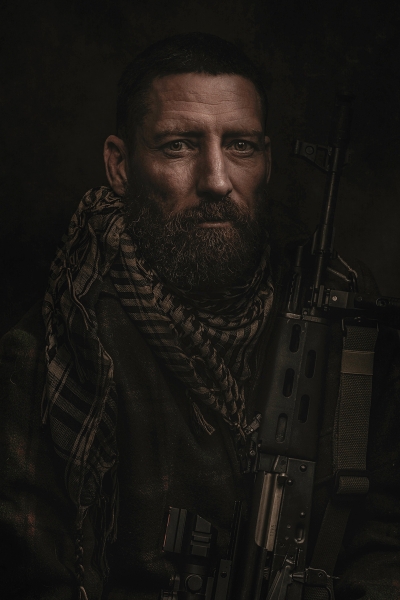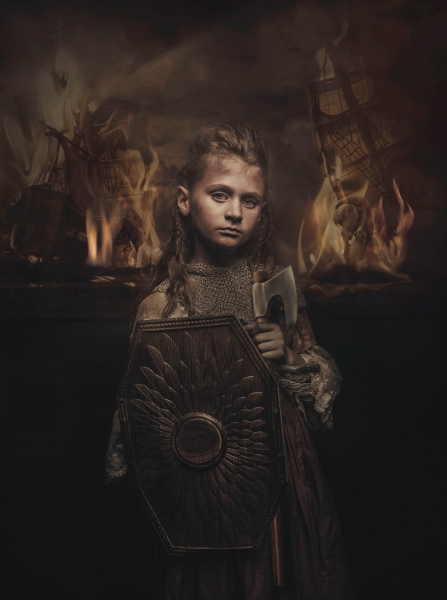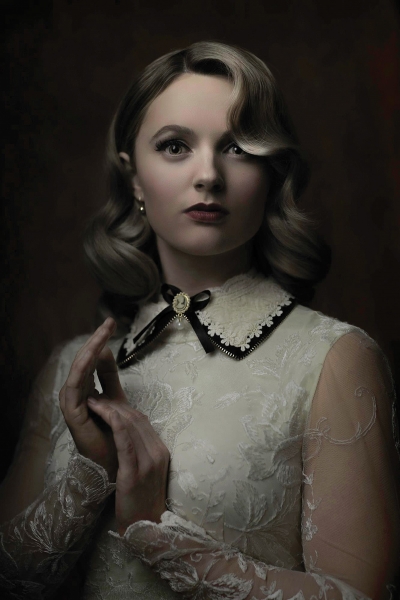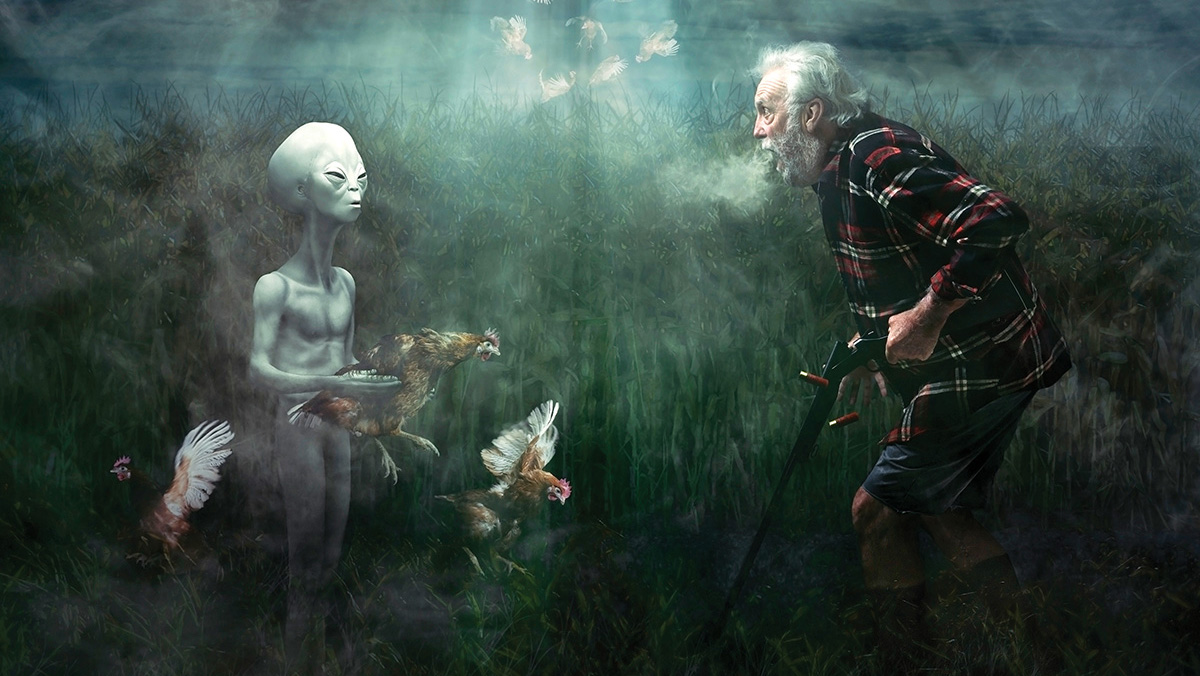Richard Wood’s 6 tips to improve your photography
New Zealand master photographer Richard Wood offers six tips for improving your photography
• March 2020 issue
Over the past decade, it seems like Richard Wood has won every award a New Zealand photographer can win. He’s been the New Zealand Professional Photographer of the Year three times, piled up numerous district and specialty awards, and earned the distinction of Grand Master of Photography from the New Zealand Institute of Professional Photography, just to name a few. So it’s probably no surprise that his expertise has been in high demand from other pro shooters looking to up their game. Wood happily and freely shares his lessons with other photographers, teaching through Sue Bryce’s Portrait Masters program and via multiple online education series.
Here, Wood shares insights on what his students want to learn—and what they should learn.

The painterly look
Today’s photographers are very interested in achieving a painterly look, says Wood. “Painterly” is a very broad term that encompasses varying effects, but Wood’s emphasis has been creating a painterly look in camera by controlling light and then enhancing that look with post-capture editing.
“Creating a painted look is simply making an image that is more how the eyes see rather than how a camera in natural circumstances would see,” says Wood. “Our eyes are able to see right into the shadows as well as high-lighted areas all at the same time, whereas the dynamic range of a camera is more limited. To create a portrait like a painter, we need to translate what we see to paper as far as color and tone. It’s all about retaining tonal details more throughout the portrait—along with some creative license.”
Portraying emotion
While many photographers focus on a particular look, Wood suggests that they go deeper to get at the heart of what makes a great image.
“I see a lot of nicely done pictures of people,” says Wood. “What separates a powerful portrait is emotion. A portrait is more than a snap of a subject. A portrait needs to show us who the subject is and what they’re about. It needs to tell a story and, ideally, stir some emotions in the viewer. A strong portrait will connect with us. Sometimes we can accomplish this through a detailed display of all sorts of elements that make up a person or a story. Sometimes it’s just a particular look from the subject—the eyes can hold it all.”

Honing the craft
Craft is critical, not just for creating good photography but also for earning higher rates as a skilled artist. With today’s cameras, a lot of people can take nice snapshots, and they may get lucky if they fire off enough frames. But this machine gun approach to photography misses the point, says Wood. As the world gets faster, photographers need to slow down and really focus on their craft.
An image should be more than a nice expression captured in a split second of time. It should have impact and emotion, balance, color, and composition. It should hold up in a large format under close examination. “I see a lot of fantastic work, especially online,” says Wood. “But I’m often disappointed when I see the image large. We now have the tools to really refine our style of portraiture, and I believe people need to slow down, take more care, and really refine their craft.”
Seek critiques
Wood stresses that artistic critiques are essential for learning and improving. However, photographers should be careful about whose advice they’re seeking. Don’t solicit opinions from any random source online. Make sure your critique is from experienced photographers who know what they’re doing and who are making it out there in the real world practicing what they preach.
“The best way to develop via critique is through photographic competitions,” says Wood. “This is how I learned what was good and what was not so good. Not only by hearing the critique of my own work but also by listening to the critiques of thousands of others. I came out of university [photography education] believing that because I had a degree I was qualified as a professional photographer. I couldn’t have been further from the truth. There is so much to learn in this art. If people view photography as a deep passion, then they really need to pull down the barriers that stop them from receiving feedback.”

The act of entering photography competitions—and actively implementing the advice from critiques—is part of a never-ending pursuit of perfection. Those efforts, in turn, translate into better quality in your everyday work. That work then becomes the stepping stone to artistic exploration and new competition imagery. And the cycle of improvement continues.
Subjectivity meets objectivity
Photography is more subjective than ever now, says Wood, and there is something for everyone. There is also more artistic license, which means there are techniques and styles out there that aren’t for everyone. That’s all OK. The options are part of why today’s photography is so interesting. However, an image should stand on its merits regardless of the style or artistic approach.
“As a judge I have learned to view a piece of work both subjectively and objectively on how well it has been performed, even if it’s a style that’s not necessarily my cup of tea,” says Wood. “We must still develop our craft. This is about developing finesse. Don’t cut corners or it will show in your work.”
Be courageous
Craft is critical; making technically excellent imagery should be the hallmark of any professional photographer. This attention to technical excellence needs to be balanced with the will to try new things.
“Have the courage to experiment and make mistakes,” urges Wood. “You’ll find you’ll develop new styles, techniques, and ideas by doing this. If we are stuck in doing something one way, we will never grow. Our work will never evolve. We are creatives, and the definition of being creative is creating new ways of doings things. That process includes constantly adapting. Any animal on this earth that wasn’t able to adapt is now nothing but a fossil.”
RELATED: A gallery of Wood's mystical portraits
Jeff Kent is editor-at-large of Professional Photographer.


 View Gallery
View Gallery


